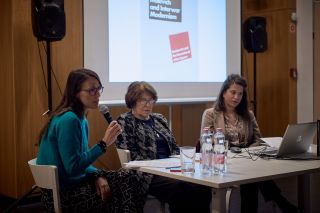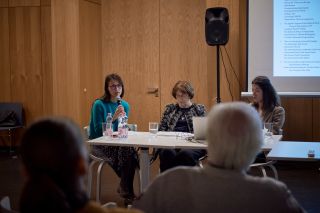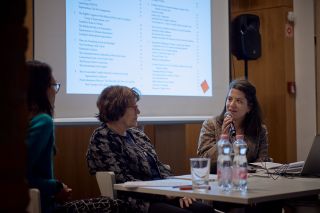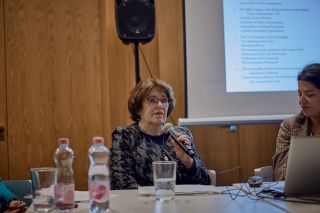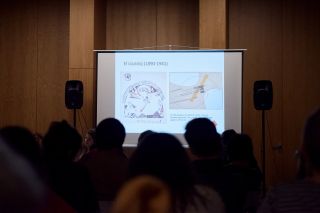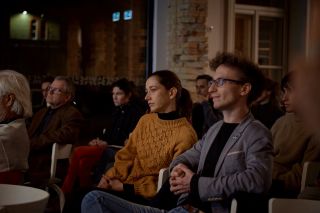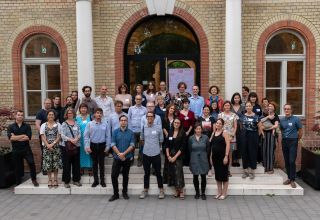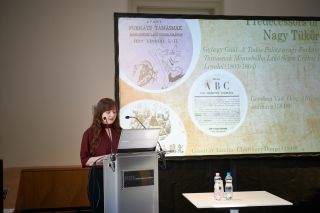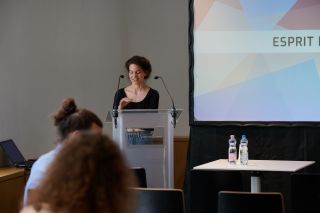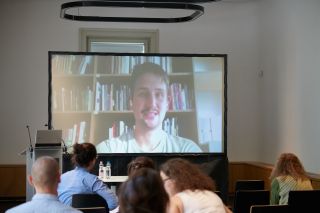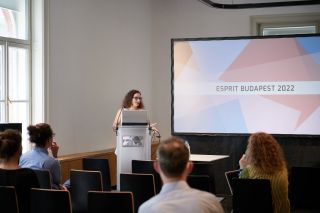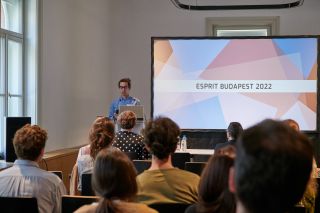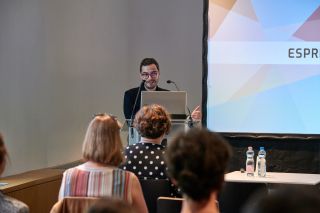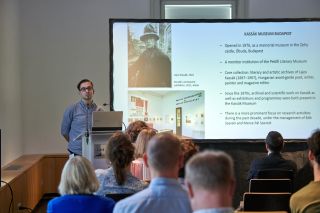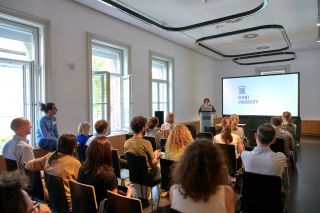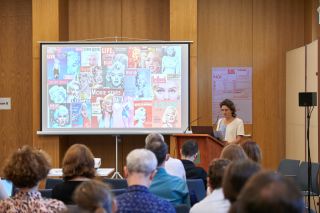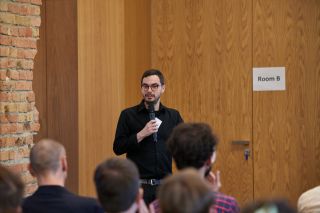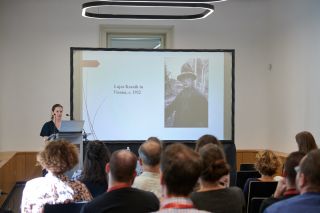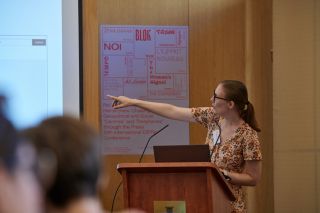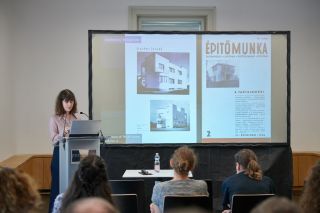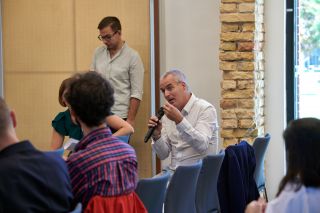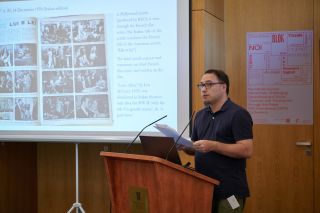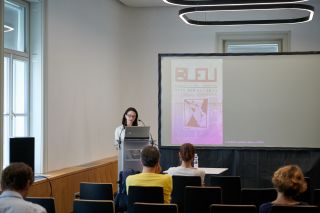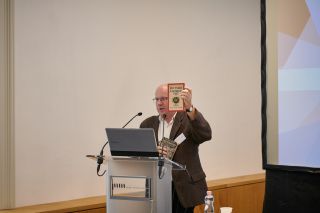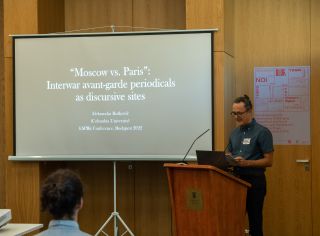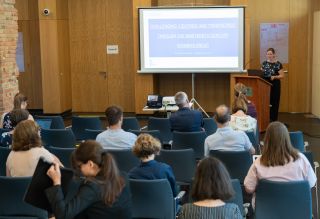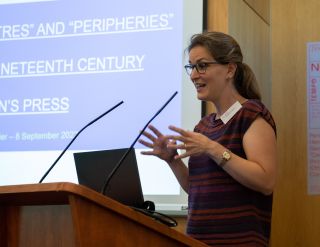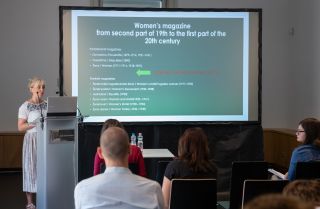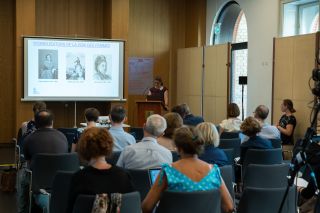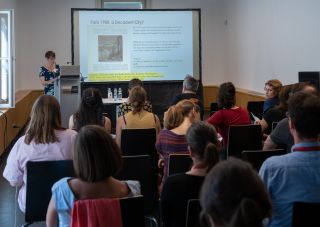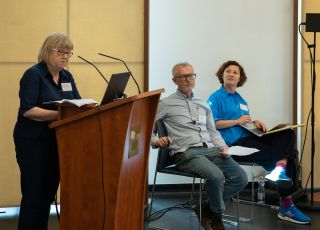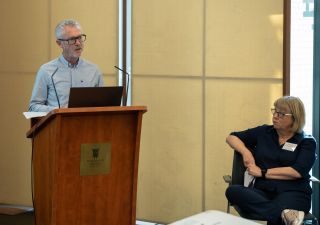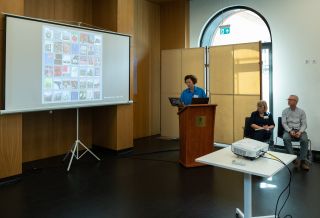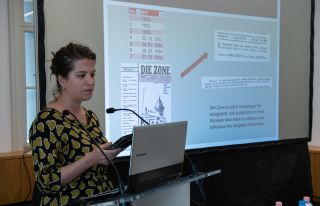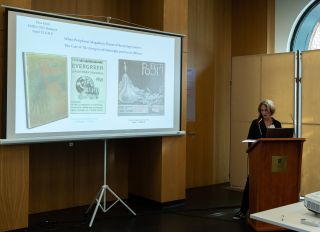Organising the Spectacle: Regional Contexts of the Historical Avant-garde
Project leader: Sára Bárdi – Magdolna Gucsa – Eszter Őze
Our research on the avant-garde examines the media, institutional changes and series of events that characterised the period in the context late 19th – early 20th century social movements and mass culture. It goes beyond the aesthetic interpretations of art and approaches it through its social embeddedness and international framework, in line with methods and inquiries from the interdisciplinary crossovers of social history and art theory, such as urbanism, sociology of art, intellectual history, and cultural transfer.
The central concept of the research program is the metropolis, understood as the large urban centers that emerged in the early 20th century. The research project examines artistic production during the interwar period in relation to the broader social and cultural transformations of the time. Through the analysis of the works and life trajectories of significant Hungarian and regional visual artists who pursued their careers in exile, the research project seeks to provide a nuanced understanding of the interplay between migration and artistic innovation. Particular attention is given to the artistic contributions of internationally active figures — László Moholy-Nagy, Lajos Kassák, Sándor Bortnyik, Sándor Trauner, József Nemes-Lampérth, Alice Madzsar, Noémi Ferenczy, Marcel Breuer, and Kati Horna – whose creative practices are examined within the framework of the Hungarian and Central Eastern European avant-garde. By situating their work in a transnational context, the research project aims to elucidate the complex dynamics between artistic modernism and the socio-political conditions of the interwar period.
In the research project, which was launched in 2022, initiating international collaborations was a priority, with a primary focus on the Central and Eastern European region. The first steps in this direction were the organisation of the international conference of the European Society for Periodical Research (ESPRit), an organisation of interdisciplinary journal research, in 2022, jointly with the Kassák Museum; our participation in the research on Exploring Labour Relations Through History and Art alongside the research team of COST Action Worlds of Related Coercions in Work, and the 2024 international conference Central and Eastern European Artists in Interwar Metropolises. The conference examined the migration of visual artists from Central and Eastern Europe to major metropolises during the interwar period.
Major related publications of the project leaders:
Bárdi, Sára (2024). “A második világháborús kormányzati propaganda szerződtetett művésze.” Betekintő 18: 2, 91–113.
Gucsa, Magdolna (2024). The Double Resistance of the German Periodical Die Zone (1933–34) in Paris. Journal of European Periodical Studies, 9: 1 (Summer), 71–90.
Őze, Eszter. (2024). Exploitation and care: public health aspirations and the construction of the working-class body in the Budapest Museum of Social Health, 1901-1945. In A. Batista, V. Müller, and C. Peres (Eds.), Coercion and Wage Labour Exploring work relations through history and art. 107–141. UCL Press.
Past events:
- Central and Eastern European Artists in Interwar Metropolises - International Conference (10-11. 10. 2024)
- JEPS Special Issue in the Center-Periphery Dynamics of The Press
- Malevich and Interwar Modernism - Conversation with art historian Éva Forgács, 23. 11. 2023
- 10th International ESPRit Conference (KEMKI, Budapest, 09. - 07. 09. 2022)
Gallery
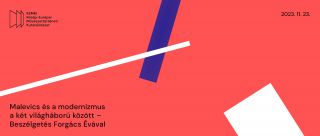
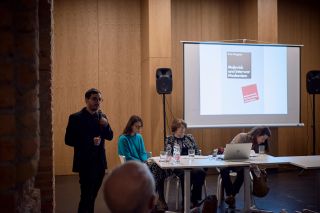
• Malevich and Interwar Modernism - Conversation with art historian Éva Forgács, 23. 11. 2023
